"Ok, we know. There is a twisted, byzantine history to the whole Lotus story – and when you talk about Lotus Racing and Team Lotus etc, there's even more layers of weirdness to negotiate. The quirky, idiosyncratic company history of Lotus "

Emerson Fittipaldi and the Lotus 72D
Fittipaldi dominated the 1972 season in a Lotus 72D, becoming the youngest World Champion - but was it down to car, or driver?
In 1972 F1 gained a new World Champion, one that was younger than any had been before. Emerson Fittipaldi, the wonder kid from Brazil, had won the most prestigious title in motorsport before he’d even reached his 26th birthday.
Fittipaldi had come to the UK a few years earlier to learn his craft. Like many before him and since, he used the established UK motor racing scene to fulfil the potential he’d showed in Brazilian motorsport – which included taking the Brazilian Formula Vee title – after he’d tried his hand at racing motorcycles and hydrofoils. Moving up through the ranks in Europe he raced well in Formula 2 using a Lotus, earning a place in the F1 team. He was thrust into the number one driver position at Lotus in 1970 after the untimely death of Jochen Rindt. A couple of years later in 1972, and armed with a Ford-engined Lotus 72D (which scraped the International Cup for F1 Manufacturers that year, too), Fittipaldi dominated the F1 season.
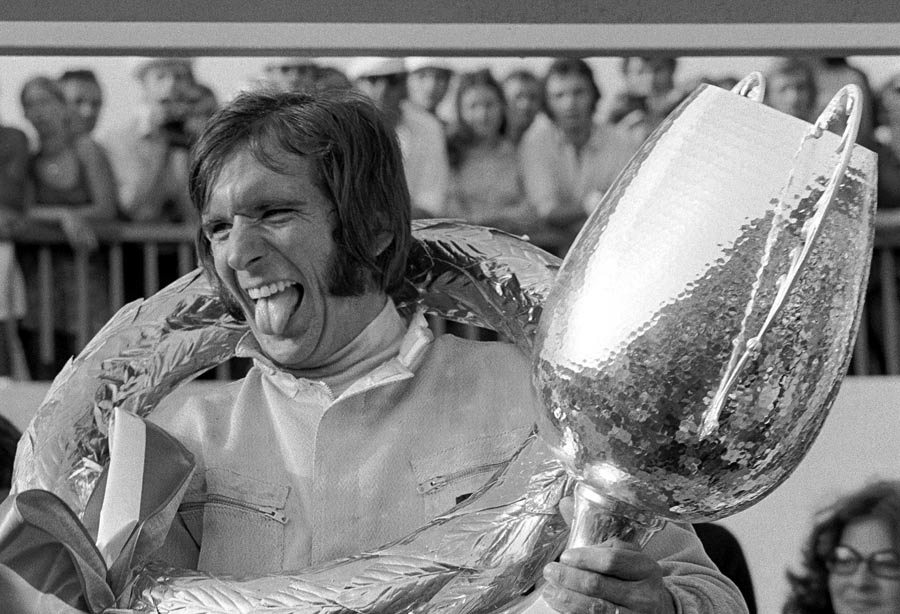
1972 was a 12 race season in F1. By mid-September, Fittipaldi had backed up five wins with three further podiums and had reached an unassailable championship lead after just ten races, going on to finish the season well clear of second-placed Jackie Stewart – despite Stewart winning the last two races, in which Fittipaldi scored nothing.
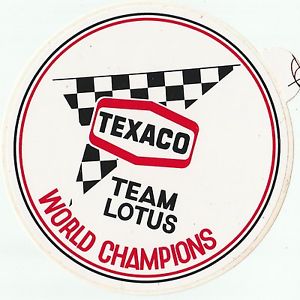
So how much of the success was down to the car, and how was much down to the driver? Let’s make a case for both.
Fittipaldi
Emerson was not alone in the Lotus team, his team mate for most of the season was David Walker. Name not ringing a bell? He was overshadowed by his Brazilian teammate and moved back to F2 after the 1972 season. Some report that his driving style did not suit the car, some say he wasn’t as delicate with the car as Fittipaldi – but whatever the reasons, the talented Aussie scored no points. Emerson scored 61.
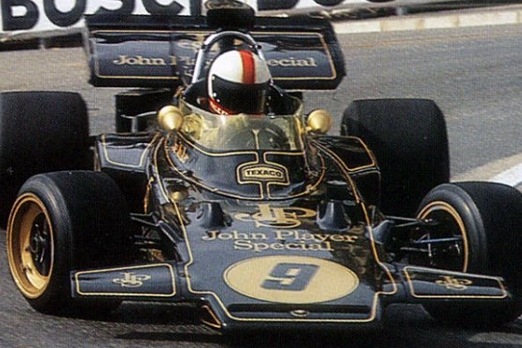
You can’t win a race in a slow car – so the Lotus was certainly not slow, but a design that was already a couple of years old by 1972 meant it was not the quickest steed on the grid – indeed the Lotus drivers did not achieve the fastest lap at any of the F1 World Championship Grands Prix that year.
It seems, then, that Fittipaldi made a good car into a great one. Giving Walker a chance to defend himself would reveal that Lotus designer Colin Chapman may well have gone all-eggs-into-Emerson’s-basket with the 72D’s design, knowing that if the Brazilian could get to the end of the race then the car did not to be made any more robust – even to the detriment of Walker’s chances of finishing. Chapman, it is well documented, was not one to make a car any heavier and stronger than necessary, and would do whatever was needed to win overall, however that happened.
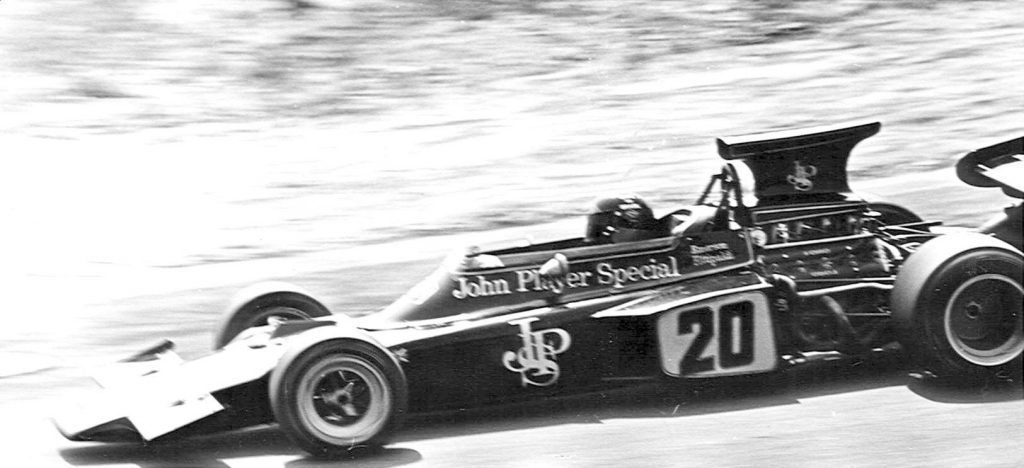
Lotus 72D
And the car? Well it was certainly competitive in Fittipaldi’s hands, but in an era of dropped-scores and new technology the Lotus proved conveniently reliable compared to its competitors – and that made a difference. But, as we mentioned, this may have been as much to do with Fittipaldi’s delicate style and sympathy with it compared to other drivers, as much as the car’s engineering.
The classification rules at the time dictated that one score from the first six races of the season needed to be dropped, and for Fittipaldi that meant his single retirement of the year to that point (at the season opener in Australia) could be dropped, and the other five podium-scoring results could remain. A couple of his close rivals, Denny Hulme and Jacky Ickx, could also boast five finishes in their McLaren and Ferrari, but each had just three podium-finish trophies gleaming in their cabinets by this point.
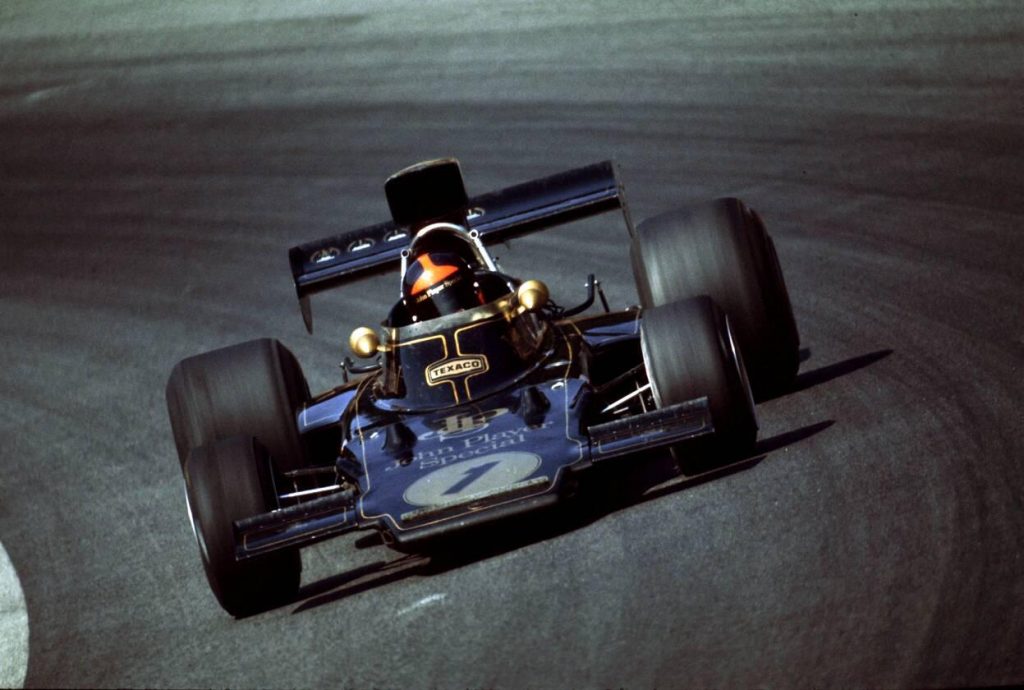
The second half of the season had similar rules – drop one result and keep the remaining five – and although Fittipaldi did not complete the final race, the championship had long been decided by then.
Lotus was hardly a byword for reliability in the early seventies, but Colin Chapman’s deft engineering touch mean that they could get through a race – if not much further than that – he’d been quoted as saying “Any car which holds together for a whole race is too heavy”, and this seems to fit with the fact that Emerson shepherded the car to the title whereas his teammate missed out on any points finishes – Walker perhaps falling the wrong side of that critical knife-edge of reliability. In some ways it’s a surprise that lightweight-leaning Chapman allowed such indulgent facial hair on his lead driver… one can’t help but imagine a brief calculation of potential mass of sideburns ran through Chapman’s head at some point, before accepting it was not a big deal.
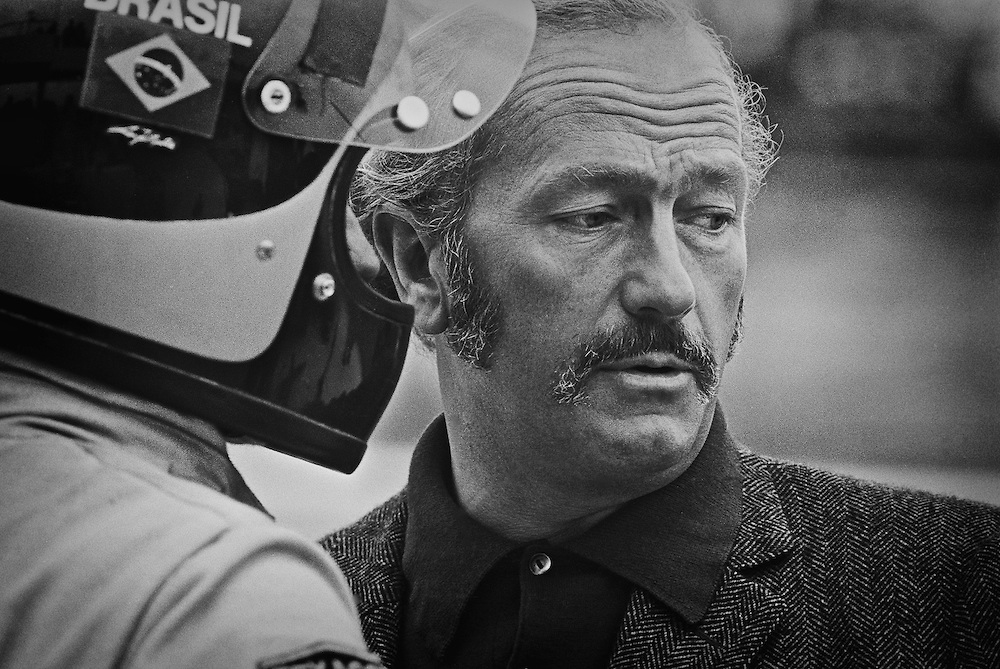
The combination of a delicate, fast, clever driver and a car that was designed and built to only just last a race distance was perfect in 1972. Lotus showed the way to make sure the best car/driver combo won over the season was not necessarily to be the quickest over a single lap, but it was to be the one which raced most intelligently.
Lotus went on to experience success in Formula One without Fittipaldi, but instead with the likes of Senna, Andretti and Mansell. Fittipaldi went on to McLaren and won another World Championship, and then moved on to trying his hand at team ownership with his family. After that he raced in the USA and even won the Indy 500 twice – the second time was in 1993, when he was aged 47.
But that magical combination in 1972 stands out as a way to dominate a championship, one that the clever money would’ve said was not theirs to win.
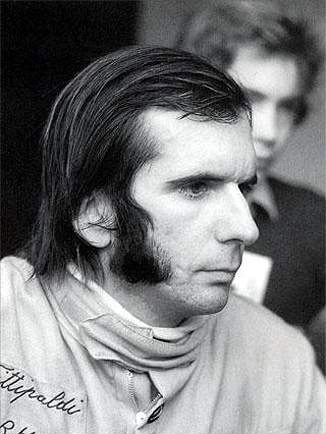
CLICK TO ENLARGE









